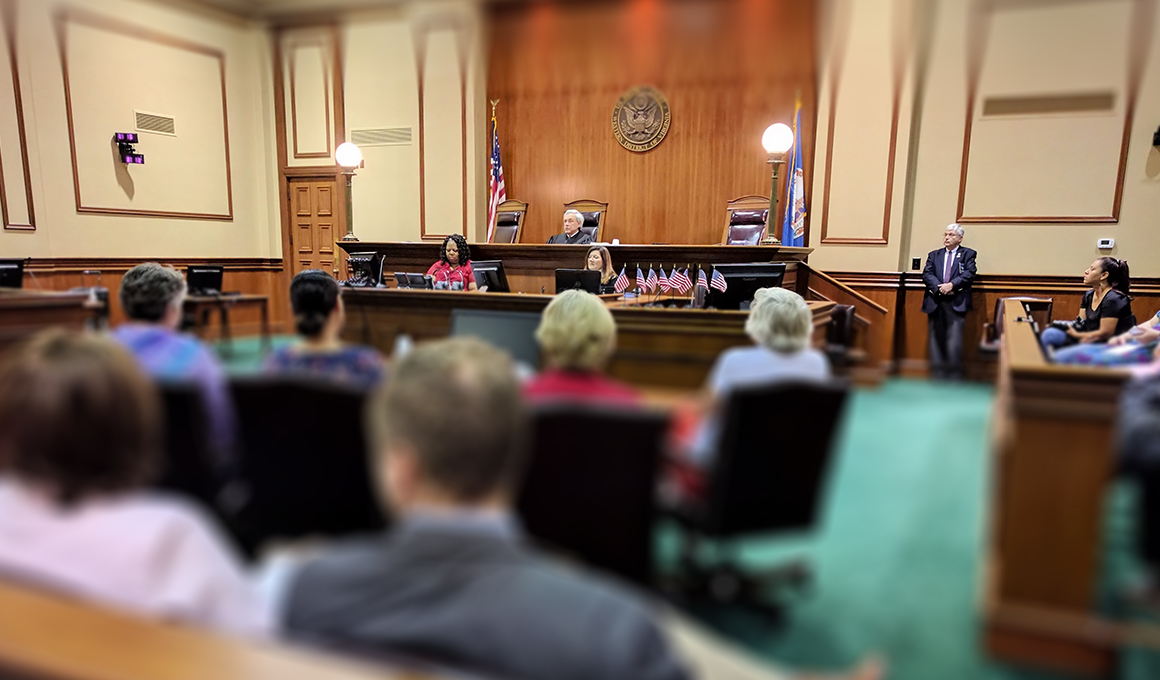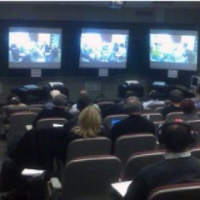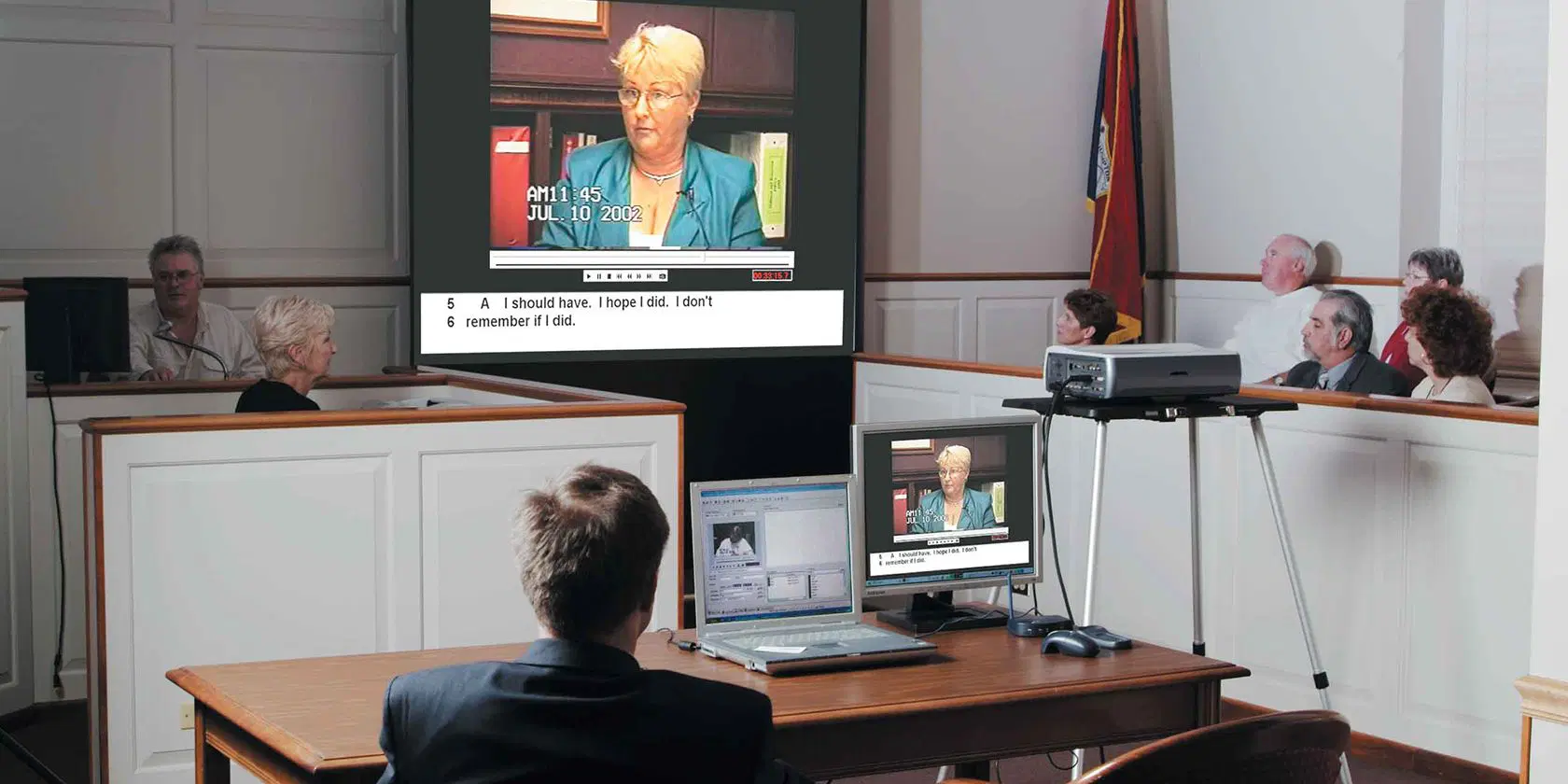How Trial Presentations Can Help Lawyers Handle Challenging Legal Cases
How Trial Presentations Can Help Lawyers Handle Challenging Legal Cases
Blog Article
The Power of Visuals in Test Presentations for a Winning Argument
The combination of visuals in test presentations has arised as a crucial aspect in effectively interacting intricate arguments to jurors. By using numerous forms of visual aids-- be it diagrams, pictures, or computer animations-- attorneys can improve understanding and retention, inevitably forming the jury's perception of the situation. This strategy not only clarifies elaborate stories yet also establishes an emotional vibration that can affect decision-making. As we discover the nuances of this approach, it ends up being important to think about exactly how specific sorts of visuals can make a considerable difference in test results. What sensible strategies might attorneys employ to maximize this potential?
Value of Visuals in Trials
In numerous legal setups, visuals play a critical duty in boosting the efficiency of trial presentations. The assimilation of aesthetic aspects can considerably affect jurors' understanding and retention of complex information, therefore shaping their perceptions and decisions. Visuals, such as graphes, representations, and photographs, can streamline detailed narratives, making them much more accessible and engaging.
Additionally, the human brain procedures visual information extra effectively than text, which emphasizes the value of incorporating visuals right into legal arguments. By converting dense lawful ideas right into visual formats, lawyers can help with more clear communication, ensuring that vital points are not forgotten during tests.
Furthermore, visuals offer to engage jurors on a psychological level, cultivating a connection to the instance that words alone may fall short to achieve. The critical use of visuals can stimulate empathy, triggering jurors to consider the human elements of the instance.
Ultimately, the relevance of visuals in trials depends on their capacity to enhance quality, improve juror interaction, and enhance the narrative being provided. This powerful combination is crucial for crafting persuasive disagreements that reverberate with jurors and influence the result of lawful process.
Kinds Of Visuals to Utilize
Reliable trial presentations can considerably take advantage of a variety of visual devices that deal with different aspects of the situation. trial presentations. Making use of diagrams and charts can efficiently damage down intricate details, making it more digestible for jurors. As an example, flowcharts can highlight the series of occasions, while bar chart may succinctly compare appropriate data factors.

Animations and simulations can additionally play an essential function, specifically in cases including technological data or elaborate circumstances. These visuals can dynamically stand for processes or actions, giving clarity and engagement that static photos might not achieve.
In addition, infographics combine text and visuals to sum up vital info successfully. They can present timelines, statistics, and substantial instance points in an aesthetically appealing manner, making it less complicated for jurors to adhere to the disagreement.
Enhancing Understanding and Retention

Enhancing comprehension and retention during trial presentations go right here is critical for making certain that jurors realize the vital aspects of an instance. Visual aids serve as effective tools hereof, equating complicated information into easily absorbable layouts. By utilizing charts, representations, and infographics, attorneys can simplify complex data and highlight bottom lines that might or else be forgotten.
Research studies have shown that individuals maintain information considerably better when it exists visually. This is especially essential in a test setting, where jurors may be overwhelmed by the volume of evidence and testament. By purposefully incorporating visuals, attorneys can direct jurors' attention to one of the most vital elements of the instance, strengthening their understanding and memory of the material offered.

Creating Engaging Discussions
Fascinating jurors' attention throughout trial presentations is necessary for communicating a compelling story. Involving discussions leverage aesthetic aspects to develop a memorable experience that reverberates with jurors. The tactical use of graphics, computer animations, and videos can clarify complex information, making it extra available and relatable.

Additionally, incorporating storytelling strategies can boost involvement. Presenting evidence in a rational series that constructs emotional allure allows jurors to get in touch with the product on a personal level. Numerous presentation layouts, such as integrating brief video clips or interactive components, can also read this article receive interest and interest throughout the trial.
Eventually, an interesting presentation promotes a more profound understanding of the instance, enabling jurors to better value the debates existing and bring about a more positive end result.
Case Research Studies and Success Stories
Countless case research studies highlight the substantial effect of visuals in test discussions, demonstrating their capability to affect juror assumptions and ultimately the outcomes of situations. As an example, a notable case including an individual injury case highlighted how making use of a 3D animation of the mishap scene cleared up complicated information. Jurors reported feeling more informed and empathetic, considerably persuading their decision in favor of the plaintiff.
In another instance, a corporate lawsuits instance made use of infographics to existing monetary data and timelines, making elaborate info available. The graph enabled jurors to realize the subtleties of the situation a lot more successfully than verbal explanations alone. trial presentations. As an outcome, the court returned a decision that surpassed the client's assumptions
The engaging visuals not only aided in producing doubt however also reverberated emotionally with jurors, leading to a pardon. These success stories emphasize the necessity of incorporating visuals into test presentations, as they improve understanding, retention, and ultimately, the convincing power of lawful disagreements.
Verdict
In final thought, the critical consolidation of visuals in test presentations dramatically enhances jurors' understanding and retention of intricate information. By making use of various kinds of visuals, lawyers can efficiently clear up bottom lines and foster psychological links with that site the audience. Engaging discussions, supported by compelling situation researches, demonstrate the profound influence that visuals can carry persuasive communication. Eventually, the power of visuals acts as a vital component in attaining beneficial trial results.
Report this page